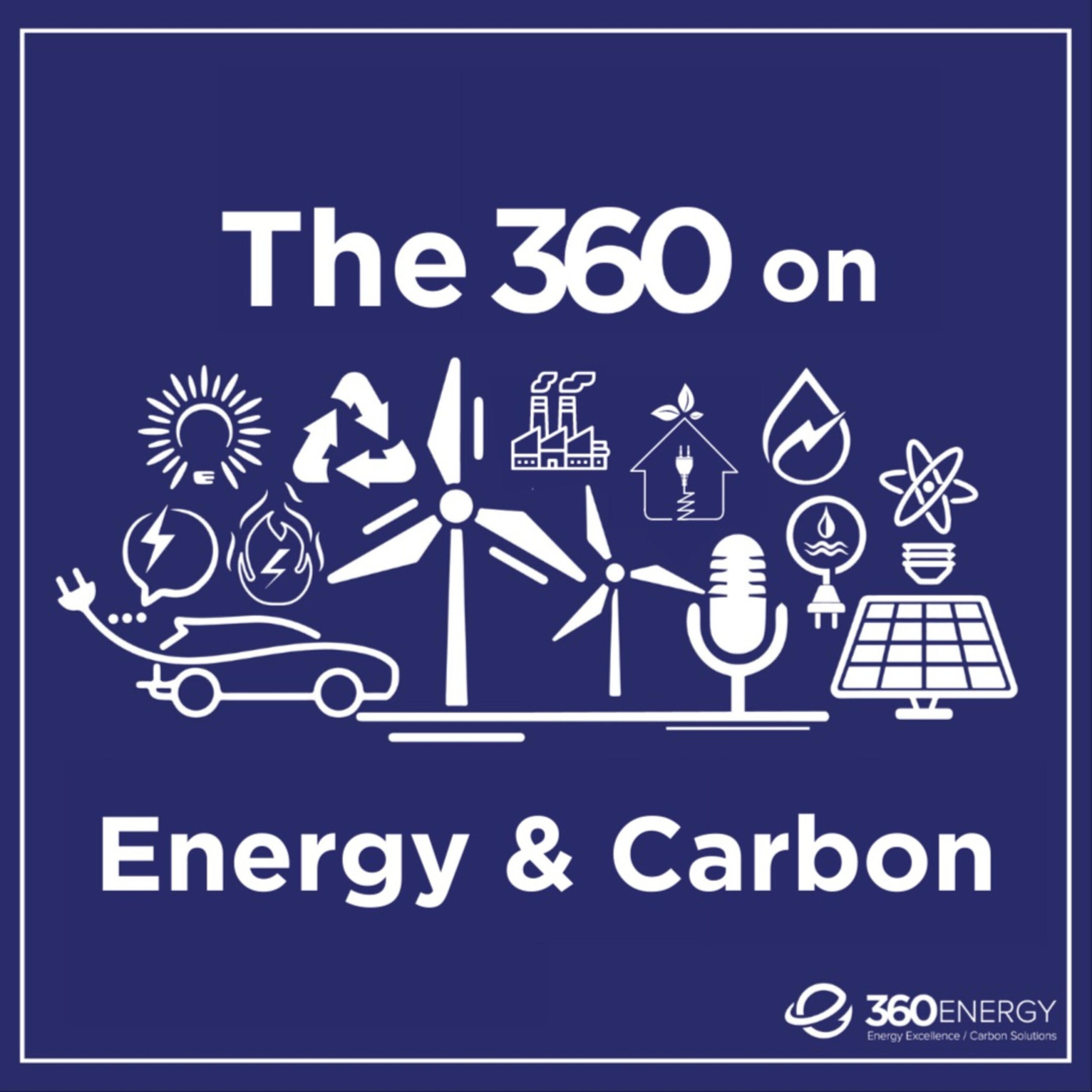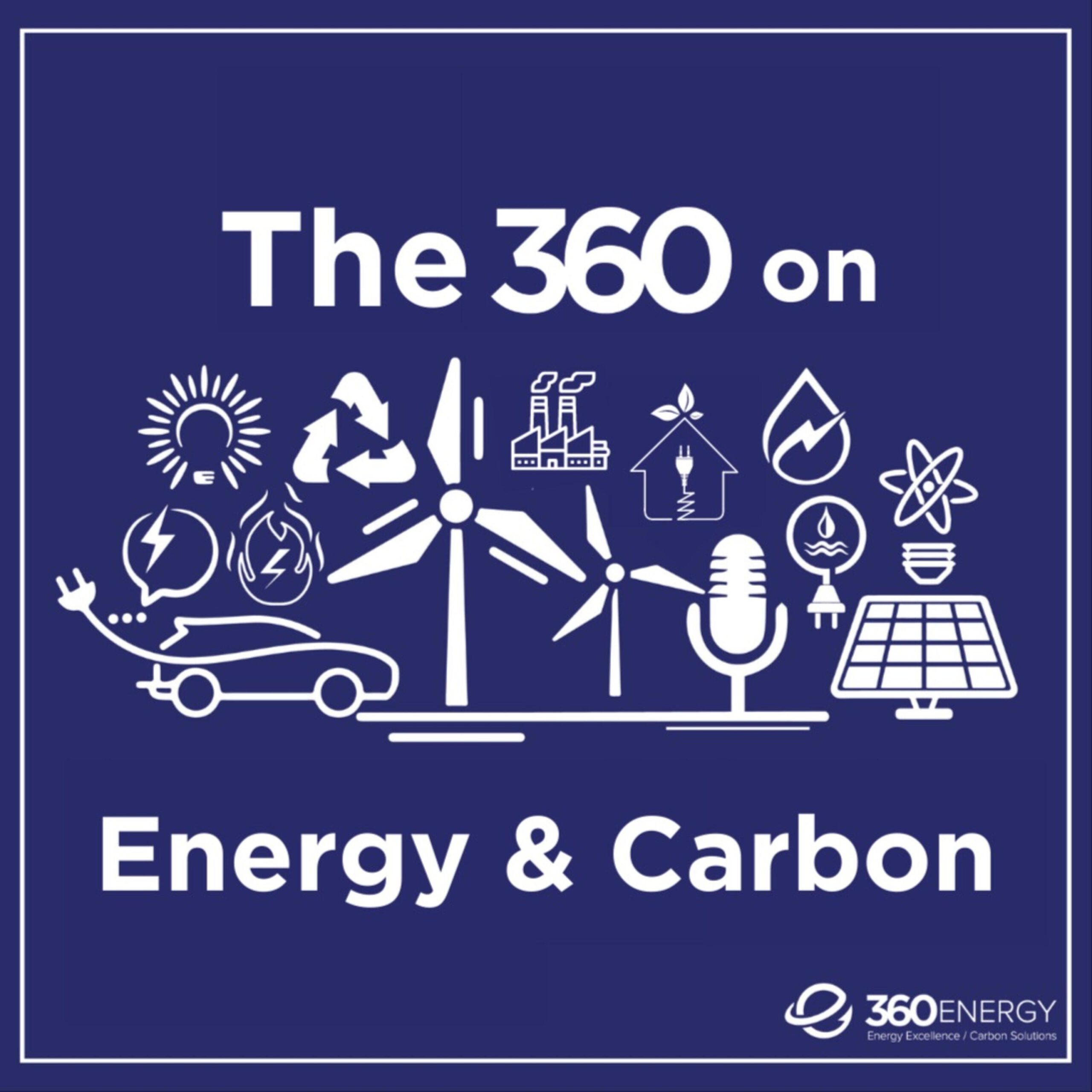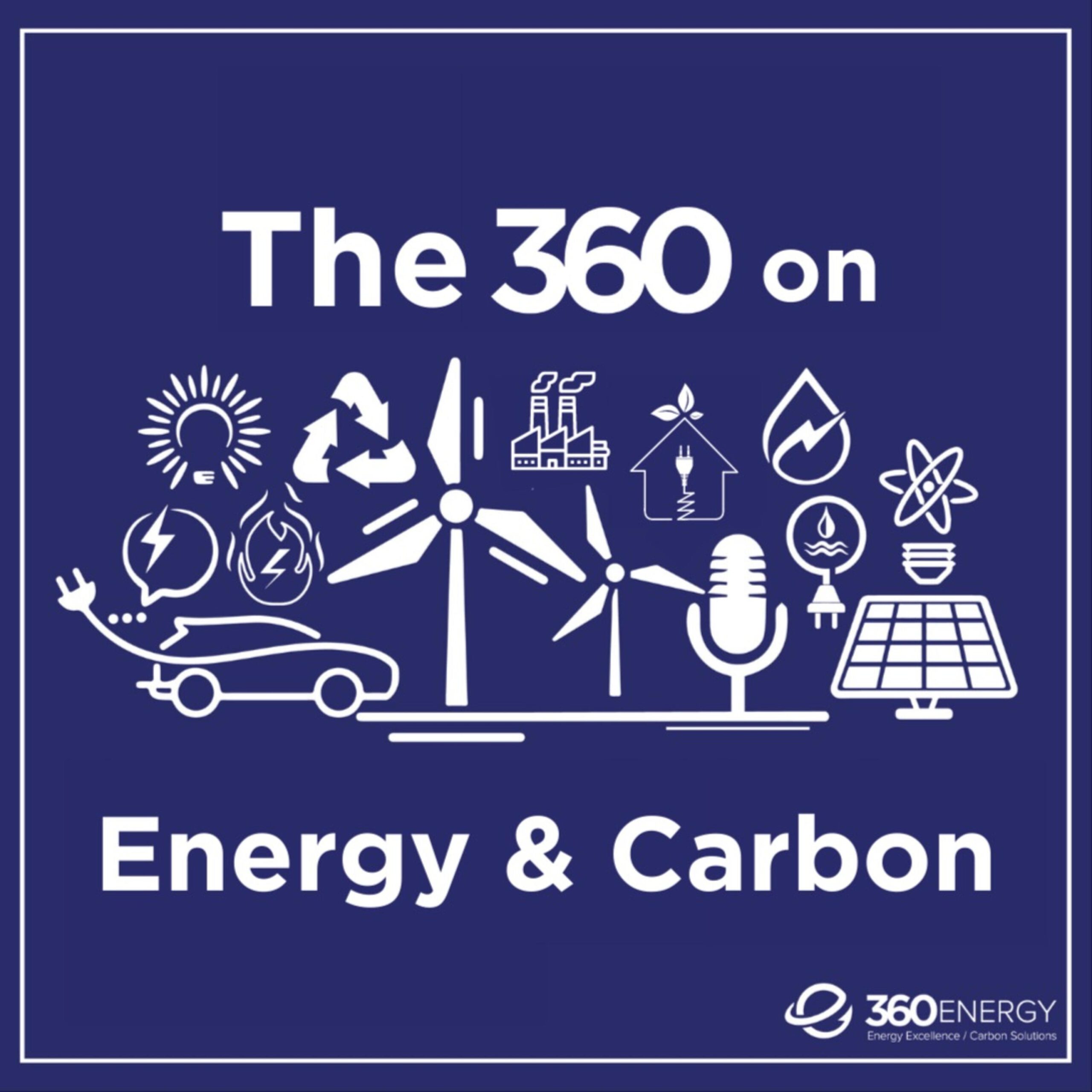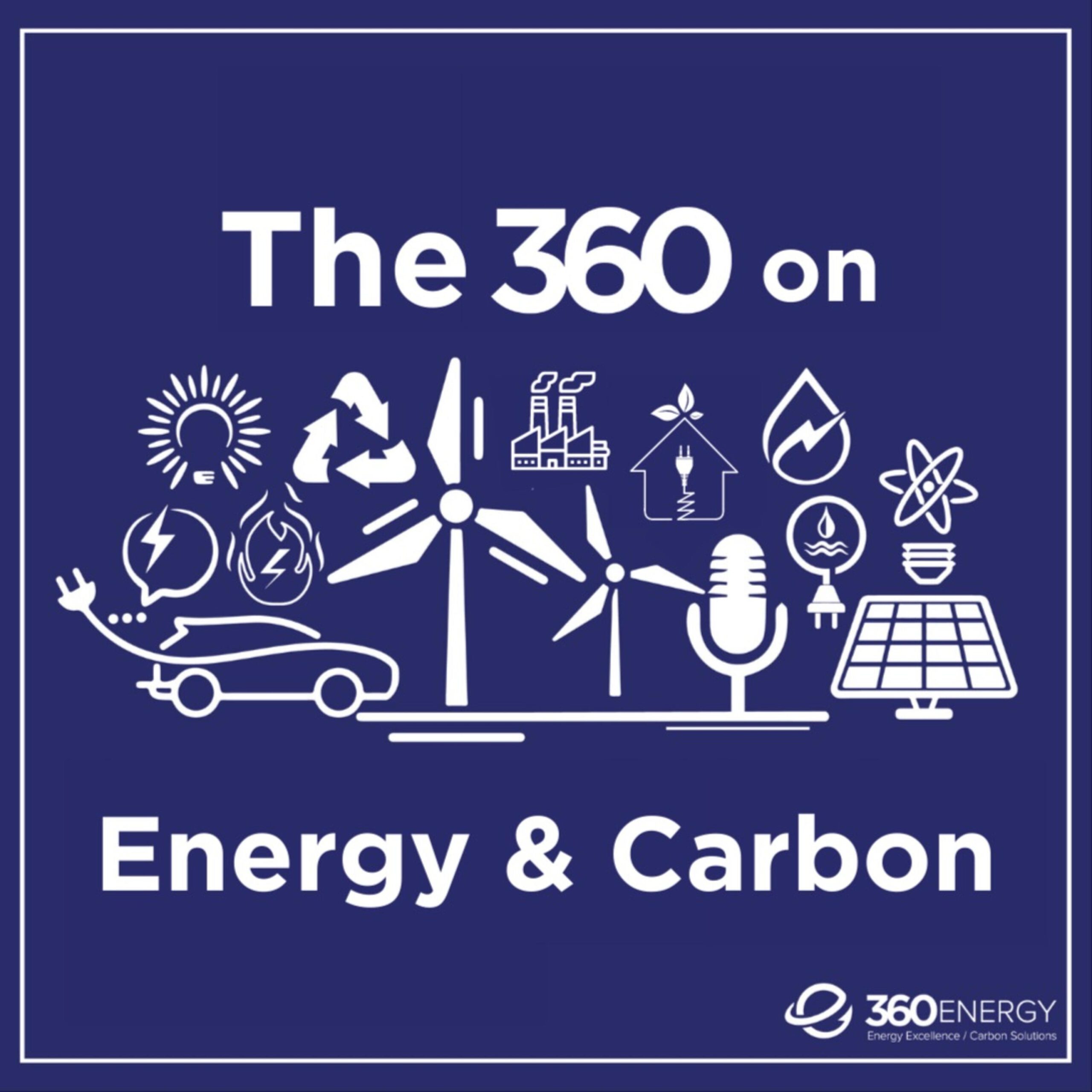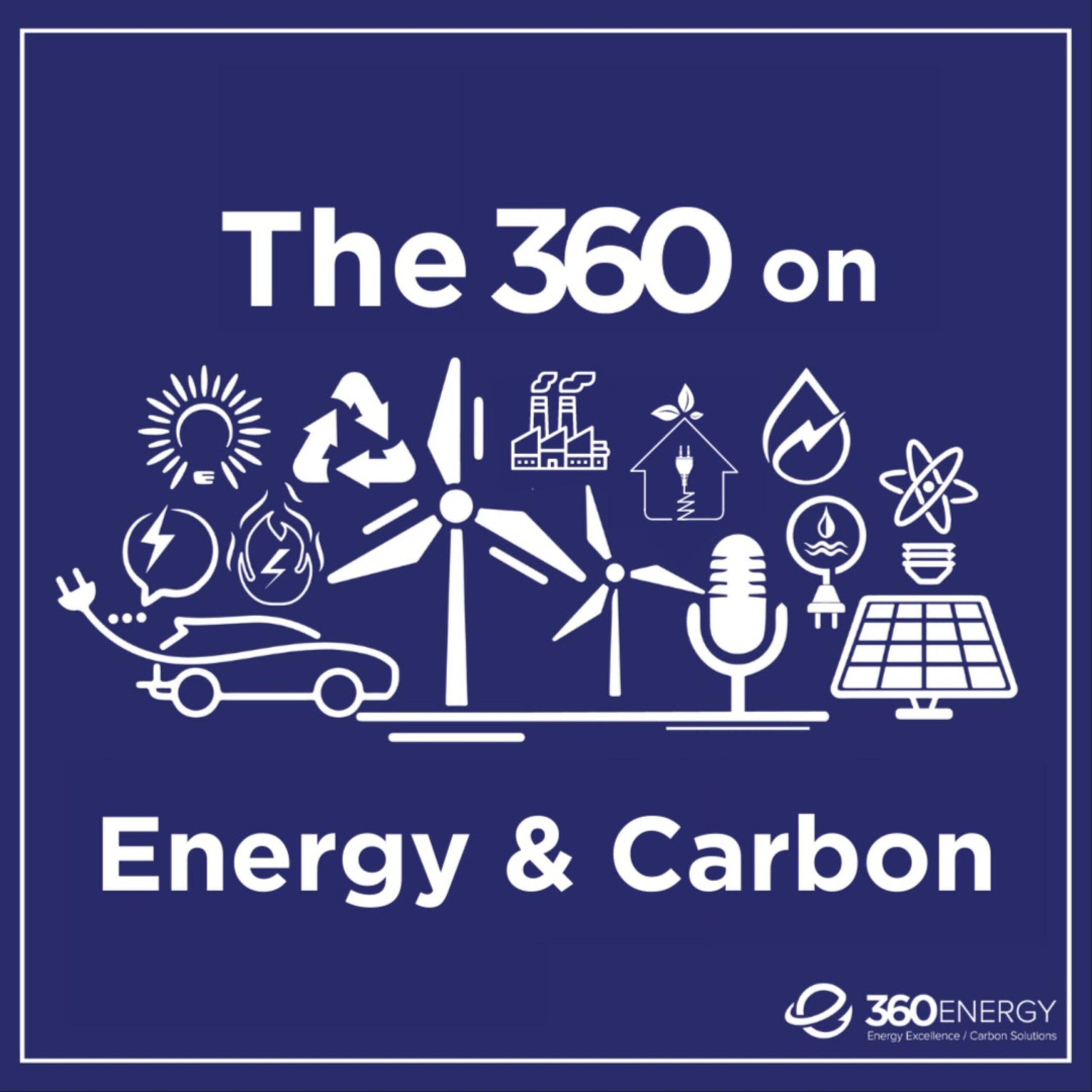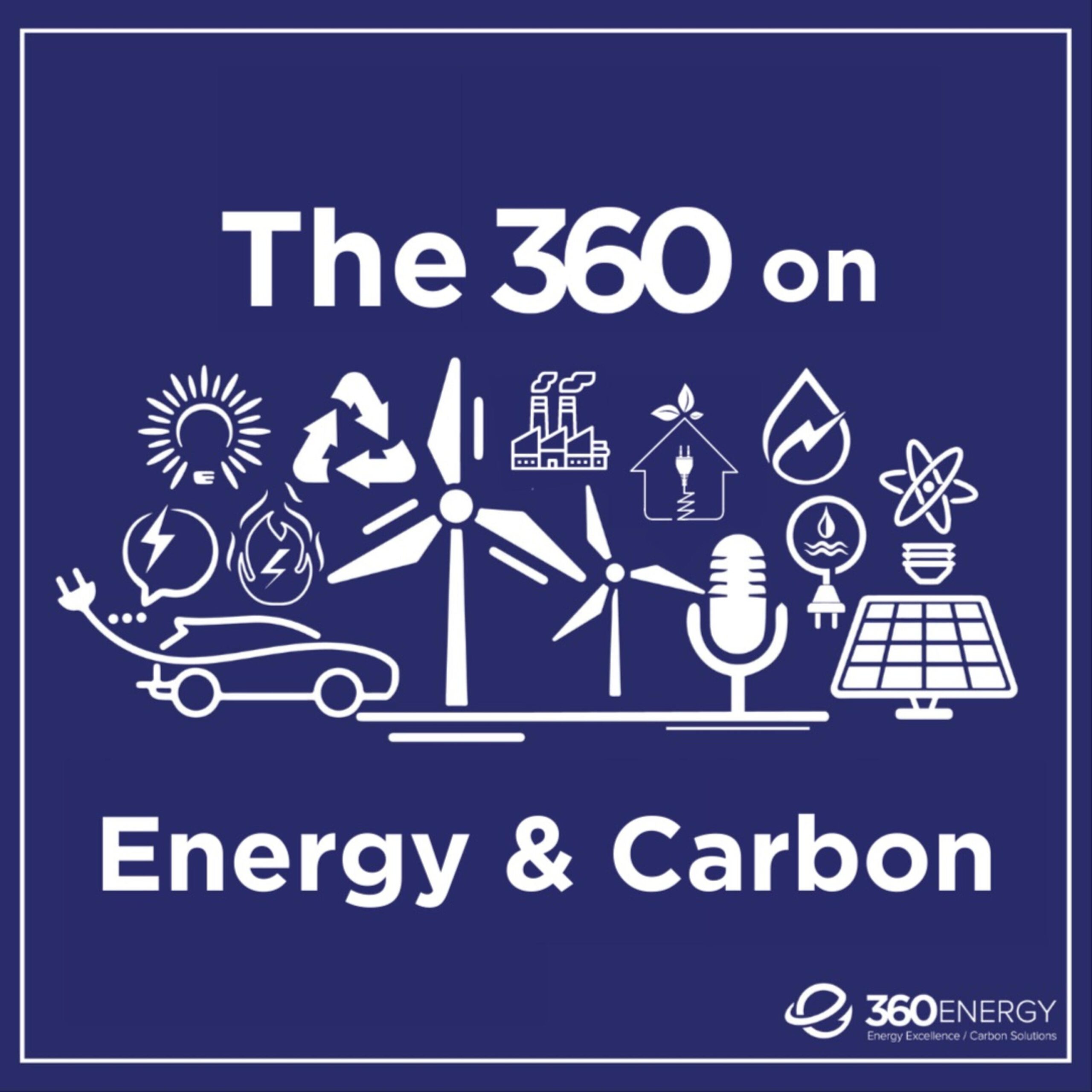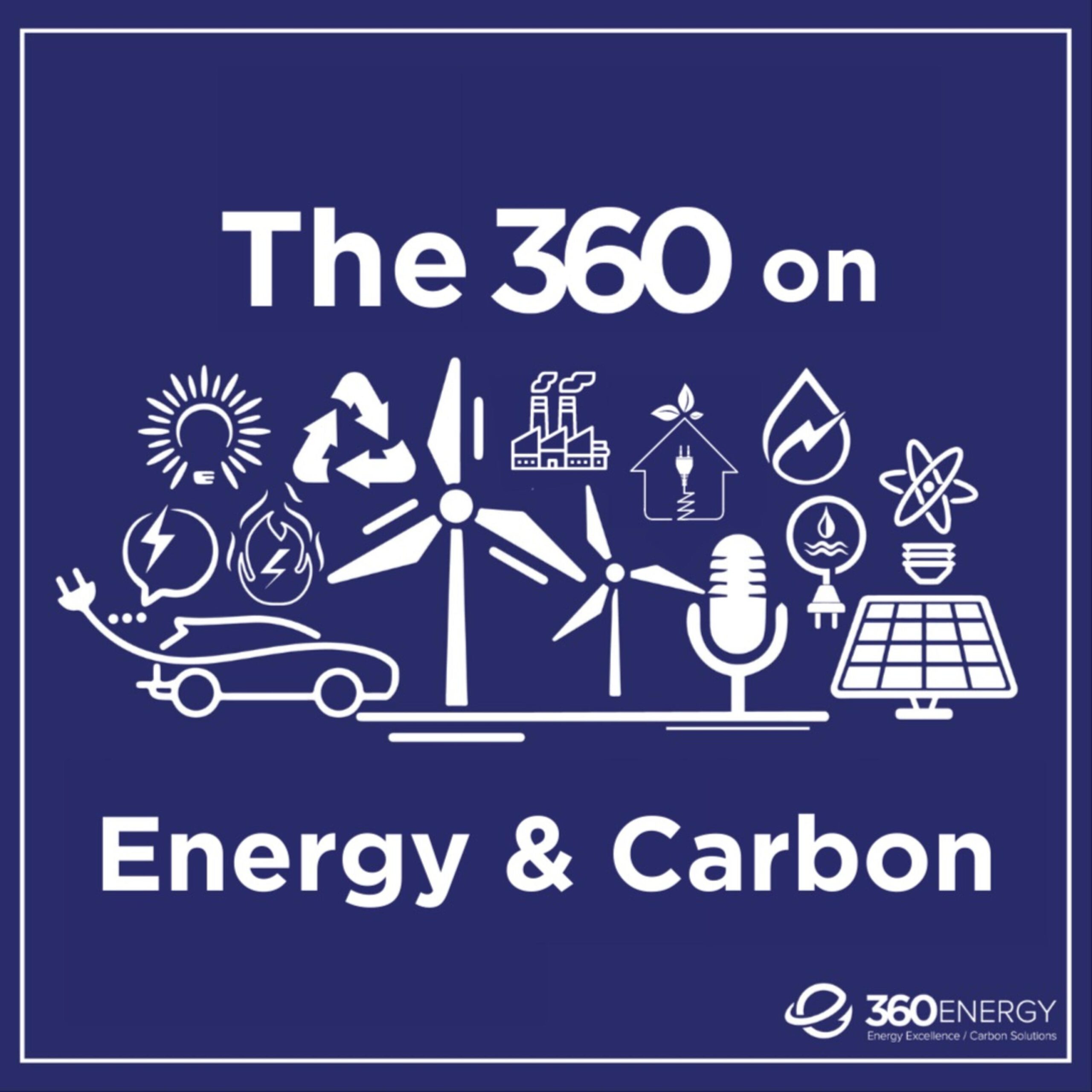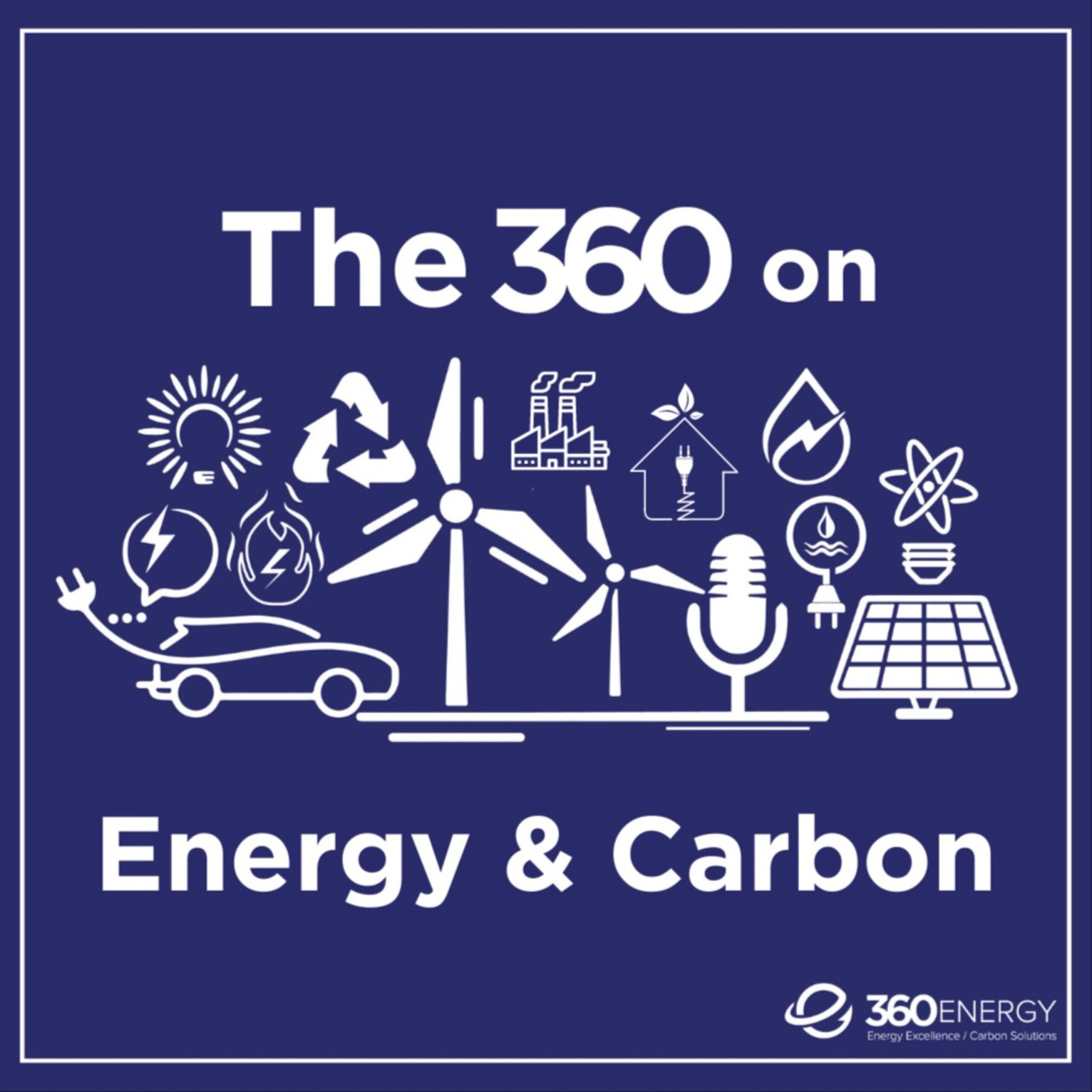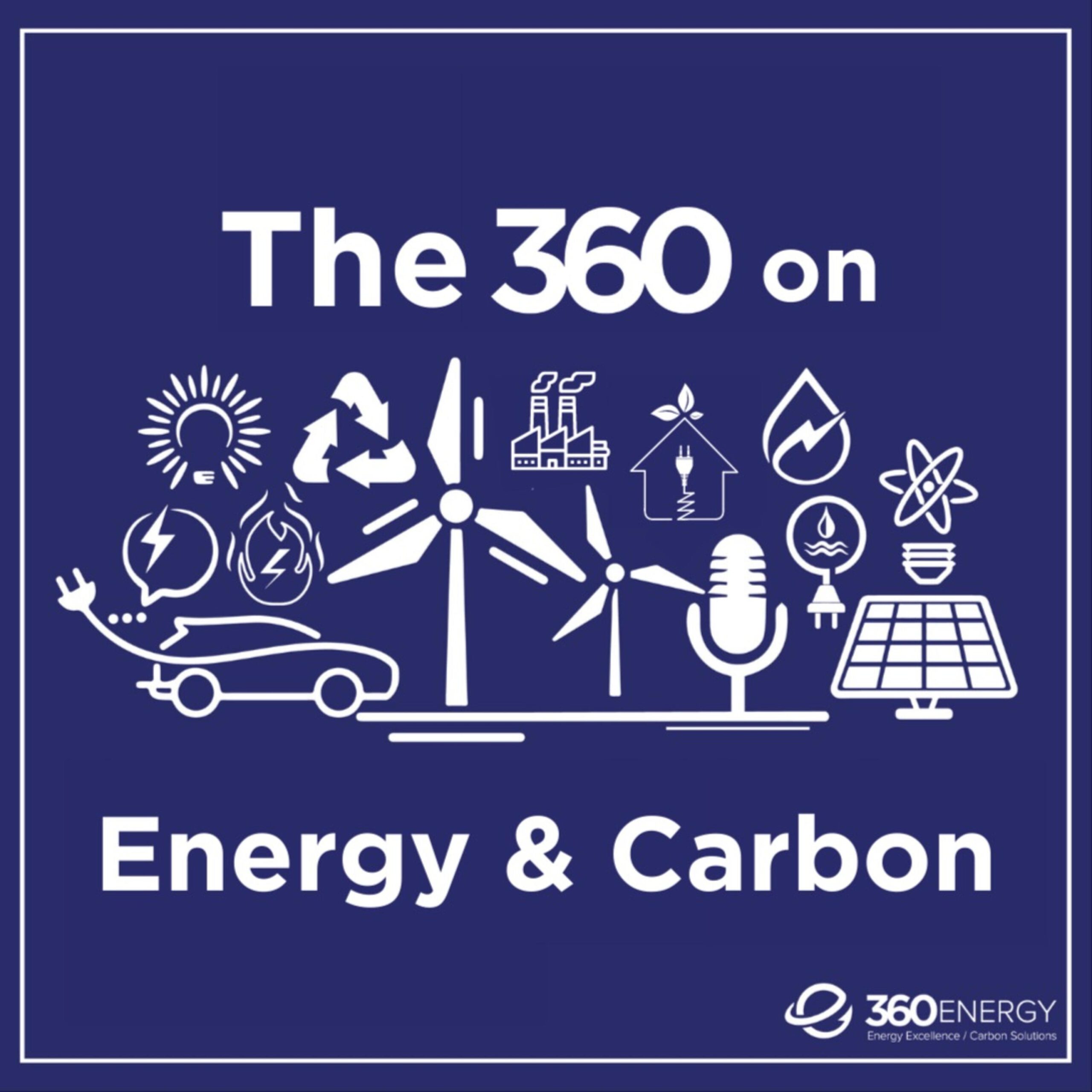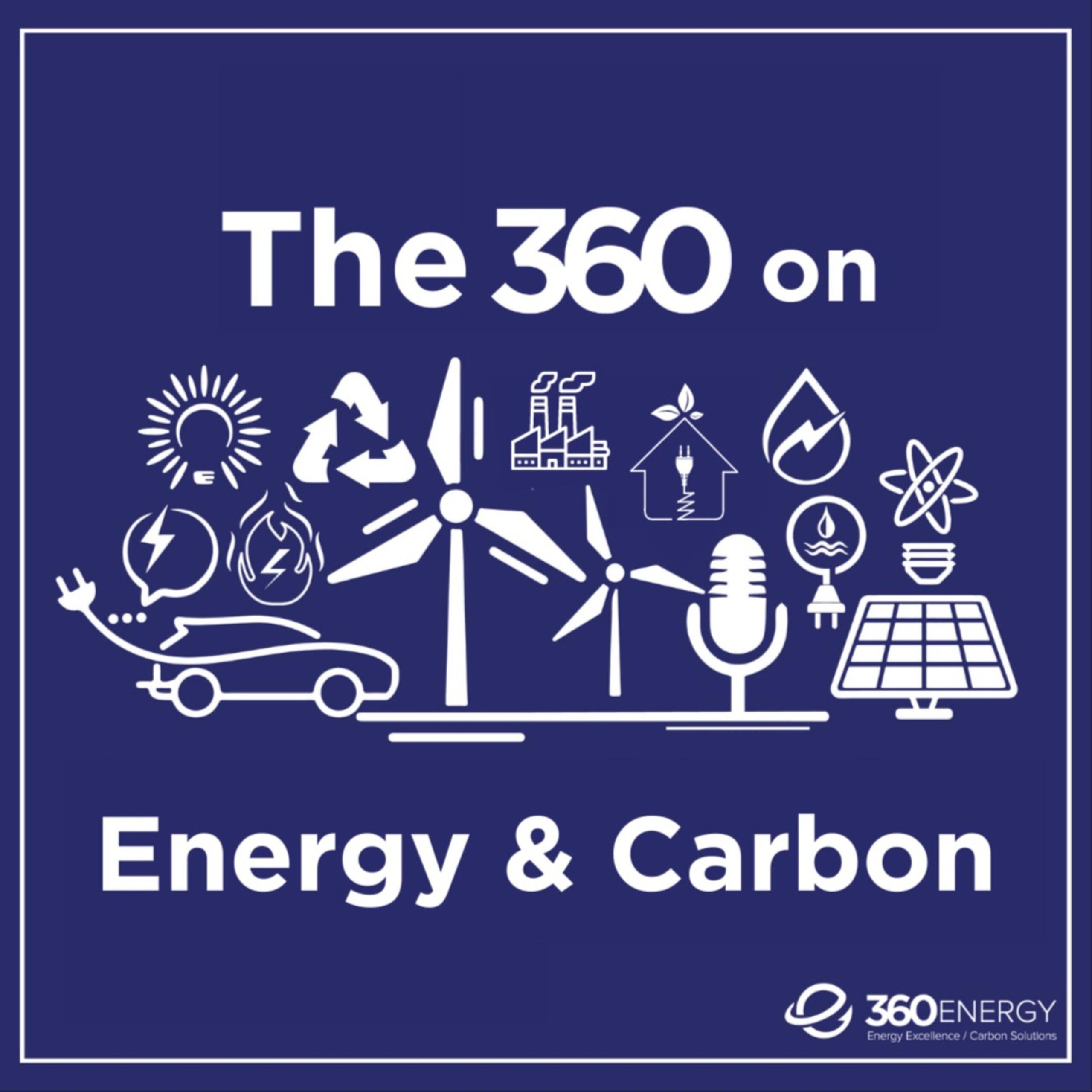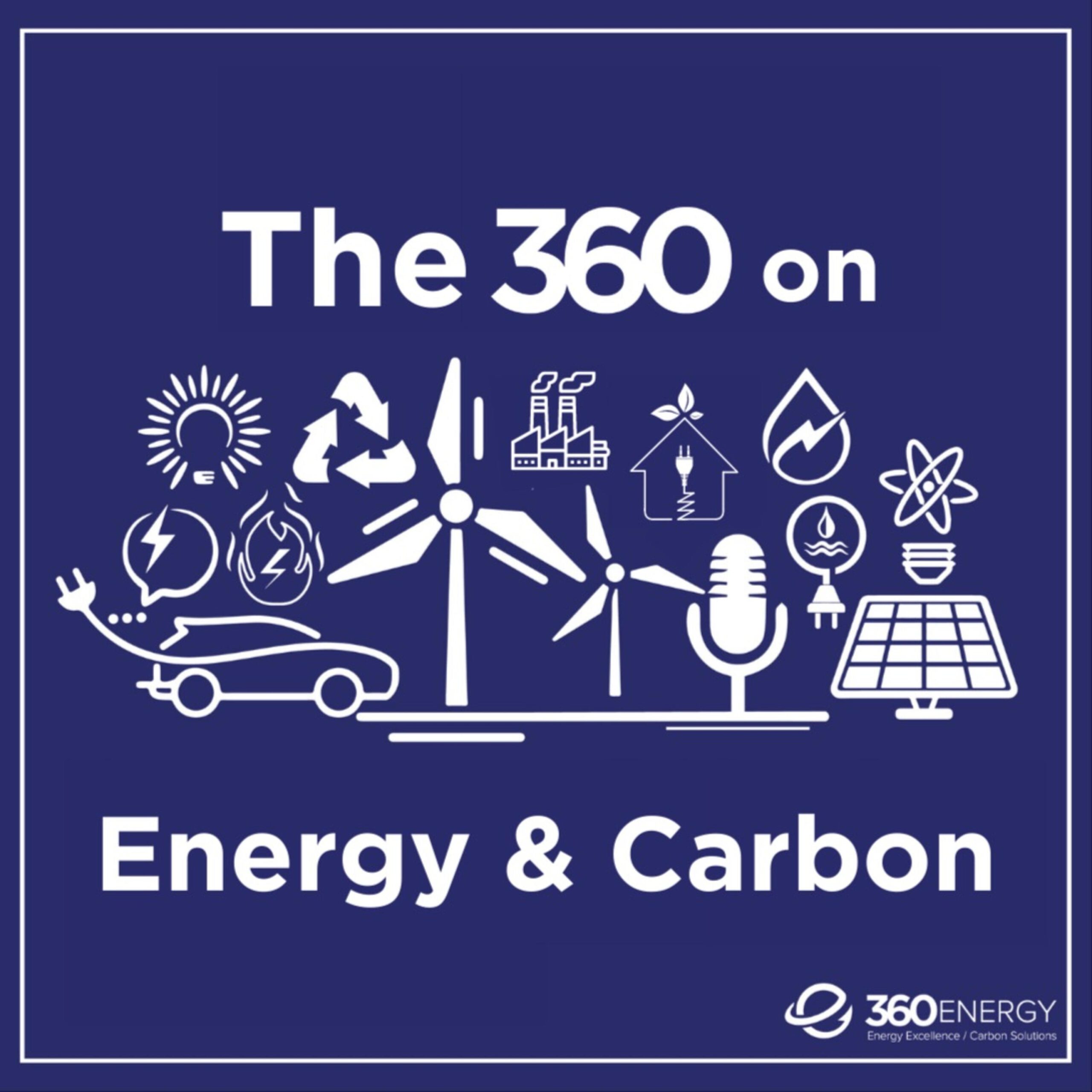Accountants paying January’s natural gas bills may be in for a nasty shock. While the bill itself won’t look significantly different, the costs on it will. In Ontario, delivery charges at both Enbridge and Union Gas have increased by approximately 3.35 cents per m3 (approx. $0.89/GJ) as part of the government’s carbon emissions reduction/Cap and Trade program. Albertans are seeing similar new carbon fees this month as a result of that province’s carbon tax. While the direct impact will vary depending on your specific rate structure and usage, costs are certain to increase. Large gas users who are registered in the Cap and Trade program will see less of an impact. For small and mid-size users the only option to reduce costs is to find ways of controlling usage.
These new expenses may seem to have come out of the blue, but they have actually been public since mid-2016. If your organization didn’t see this coming, there are two likely reasons why:
1) Nobody Knew. You were focused on day to day operations and no one received or understood critical energy information, such as the arrival of the Cap and Trade program or carbon tax.
2) Nobody Communicated. Some of your employees may have attended seminars or read about what to expect, but this information didn’t get spread to all those who might be impacted. This can happen because organizations work in silos and people may not understand the relevance of this information to other departments.
If the second issue applies to you, you are not alone. Even companies that actively think about managing energy can have breakdowns in sharing information. Many businesses hand off energy management to one or two individuals and leave it at that. While those people may be highly knowledgeable, they are not always in a position to take best advantage of that knowledge. Even if the energy managers know about the pending carbon pricing, they may not understand its impact on accounting. This lack of communication between those who use energy, those who manage energy, and those who pay for energy can prevent organizations from achieving optimal savings. They can be left unprepared when regulatory changes or market fluctuations result in higher costs.
The first step to controlling your energy costs – including carbon pricing – is understanding your energy bill. Through this you can begin to understand your usage and understand your costs. Develop a snapshot of where your organization is now so you can determine where you want to go. In Ontario, this step is particularly important, as customers using approximately 200,000 GJs or more of gas per year may qualify for free allowances and greatly reduced costs under the program.
The second key step to managing your costs is to create a multi-discipline energy team. Energy and carbon are influenced by many aspects of an organization. This is unlike any other team developed in your organization. This energy team has to be properly educated on energy issues and continually be aware of changing energy markets and site energy usage. Then they can draw upon their individual knowledge and talents in operations, accounting, and management to tackle carbon emissions and related costs from many different angles. To ensure measurable savings are focus on every year the energy team should create an energy plan which proactively anticipates what actions should be taken to sustain efficiencies and savings over time. This ensures that no one experiences a nasty surprise when the bill arrives.

